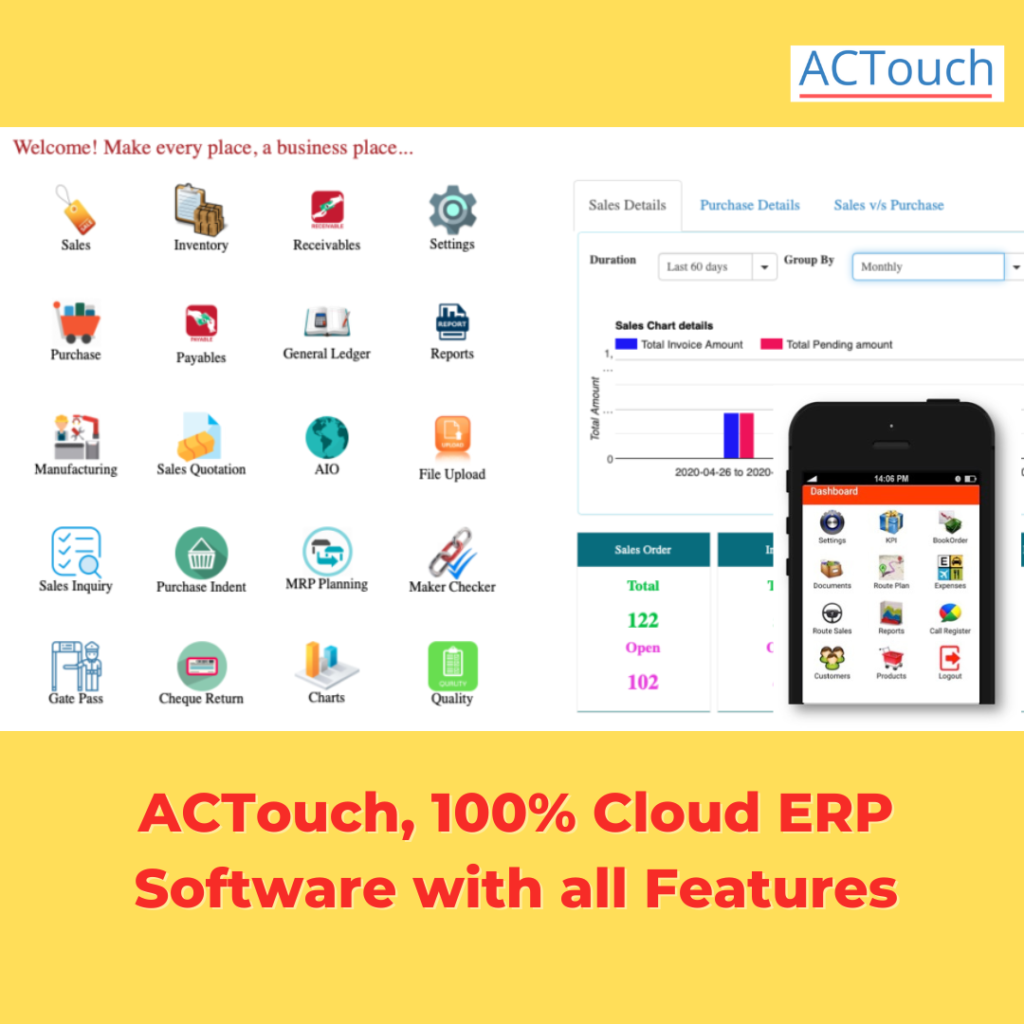What is Value Added Tax or VAT?
Value Added Tax (VAT) is a Sales Tax collected by the Government of the state where the goods or services is bought by the consumer. It is a tax on the final consumption of goods or services which is borne by the end user or the consumer.
VAT is levied on value addition at each stage of transaction in the production/ distribution chain. The increase in value of goods and services at each stage of production or transfer of goods and services is taxed.
Input and Output Taxes – Value Added Tax.
Under VAT taxation system, an Input Tax Credit(ITC) is given to all manufacturers and Traders during the purchase of inputs/supplies meant for sale, that can be utilised/sold any time. This allows them to set off the amount of input tax against the amount of their output tax. There is no time limit for the appropriation of ITC against the VAT liability on subsequent sale.
The VAT liability of the dealer/ manufacturer is calculated by deducting input tax credit from tax collected on Sales during the payment period (Output Tax).
During a situation of excess of tax credit over the tax payable on sales in a month, that will be carried over to the end of next financial year. At the end of second year if there is any excess unadjusted input tax credit, then it is eligible for refund.
Why was the VAT – (Value Added Tax) introduced?
As it’s mentioned earlier, the VAT system was introduced to replace the Sales Tax. It also helps to reduce the cascading tax burden due to double taxation of commodities and multiplicity of taxes in prevalent Sales Tax structure.
For instance, in this structure, when a commodity is produced, inputs are first taxed, and then once the commodity is produced, output is taxed again. This causes an unfair double taxation with cascading effects. Hence, the VAT has been introduced to replace such sales tax structure.
What are the benefits of implementation of VAT?
The motive of VAT is to rationalise the overall tax burden and reduce the general price level so that it helps common people, traders, industrialists as well as the Government. In other words, it is a move towards more efficiency, equal competition and fairness in the taxation system.
Here are the main benefits of implementation of VAT.
- Multiplicity of taxes, that is, taxes such as turnover tax, surcharge on sales tax, additional surcharge, etc. are being abolished;
- Tax structure becomes simpler and more transparent;
- Improves tax compliance;
- Generates higher revenue growth;
- As VAT is imposed on the basis of invoice/ bill at each stage, tax evaded at first stage gets caught at the next stage – Minimizes tax evasion.
- Promotes competitiveness of exports; etc.
Who is responsible of levying and collecting VAT?
The State Governments are responsible of levying and collecting VAT. Taxation Departments of a particular state help the respective State Government in the same.
The Central Government plays the role of a facilitator for the successful implementation of VAT. The Ministry of Finance is the main agency for levying and implementing VAT, both at the Centre and the State level.
What are different VAT rates in India?
There are multiple VAT rates based on states. This varies from 2% to 14.5% and also an excempt category and a special rate of 1 per cent for a few selected items exist.
The items of basic necessities and goods of local importance (upto 10 items) have been put in the zero rate bracket or the exempted schedule. Gold, silver and precious stones have been put in the 1 per cent schedule.
A category with 20 per cent floor rate of tax is also made available where the commodities listed in this schedule are not eligible for input tax rebate/set off. Items like motor spirit (petrol, diesel and aviation turbine fuel), liquor, etc fall under this category.
Some of the other features of VAT – Value Added Tax in the State (as finalized by the Empowered Committee)
- All the State taxes on purchase or sale of goods (excluding Entry Tax in lieu of Octroi) are required to be subsumed in VAT or made VATable.
- A provision has been made for allowing ‘Input Tax Credit (ITC)’ which is the basic feature of VAT. However, since the VAT being implemented is intra-State VAT only and does not cover inter-State sale transactions, ITC is not to be available on inter-State purchases.
- Exports to be zero-rated, with credit given for all taxes on inputs/purchases related to such exports.
- There are provisions to make the system more business-friendly. For instance, provision for self assessment by the dealers; provision of a threshold limit for registration of dealers in terms of annual turnover of Rs. 5 lakhs; and provision for composition of tax liability up to annual turnover limit of Rs. 50 lakhs.
- Regarding the industrial incentives, the States have been allowed to continue with the existing incentives, without breaking the VAT chain. Further, no fresh sales tax/ VAT-based incentives are permitted.
Any Queries:
ACTouch a Manufacturing Cloud ERP Solutions.
Migrate to 100% Cloud ERP Software Now and enjoy the FREEDOM | ||
 | Talk to us to know more about ACTouch Cloud ERP Software NOW  |